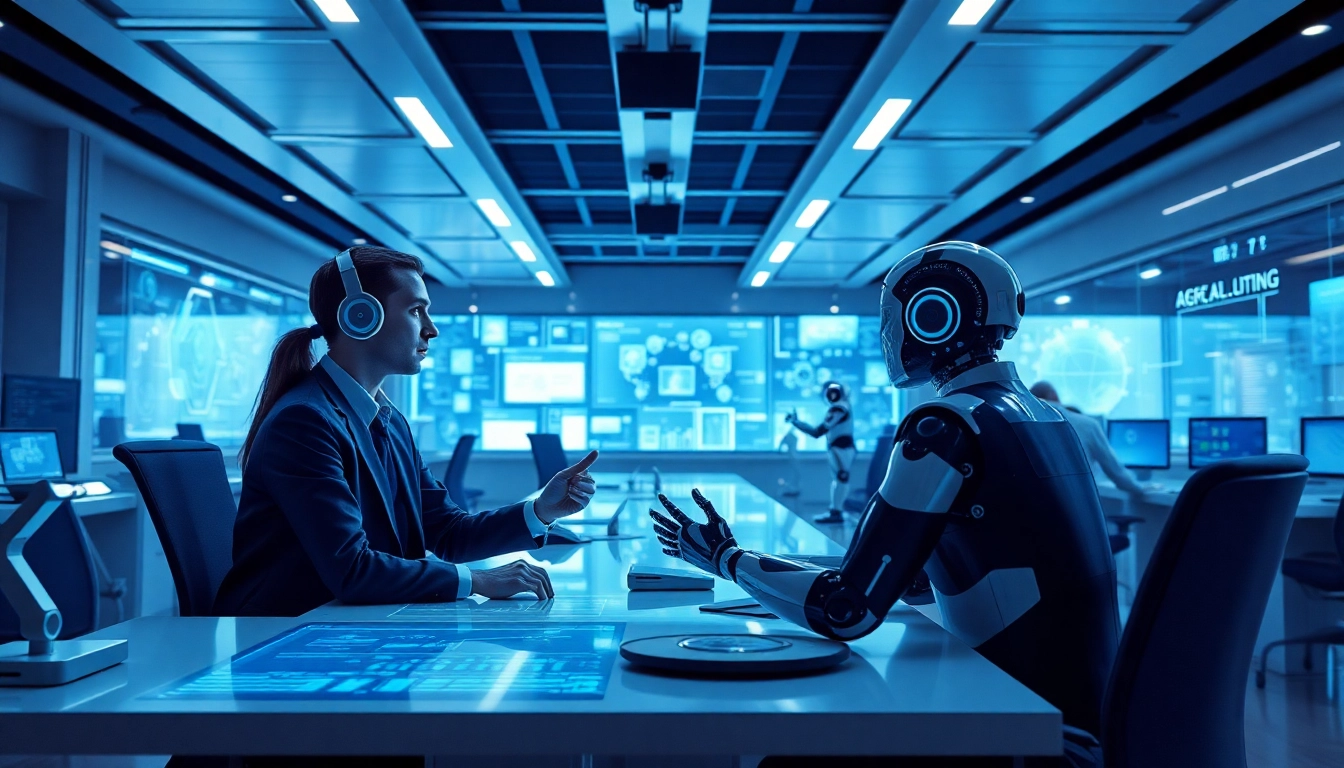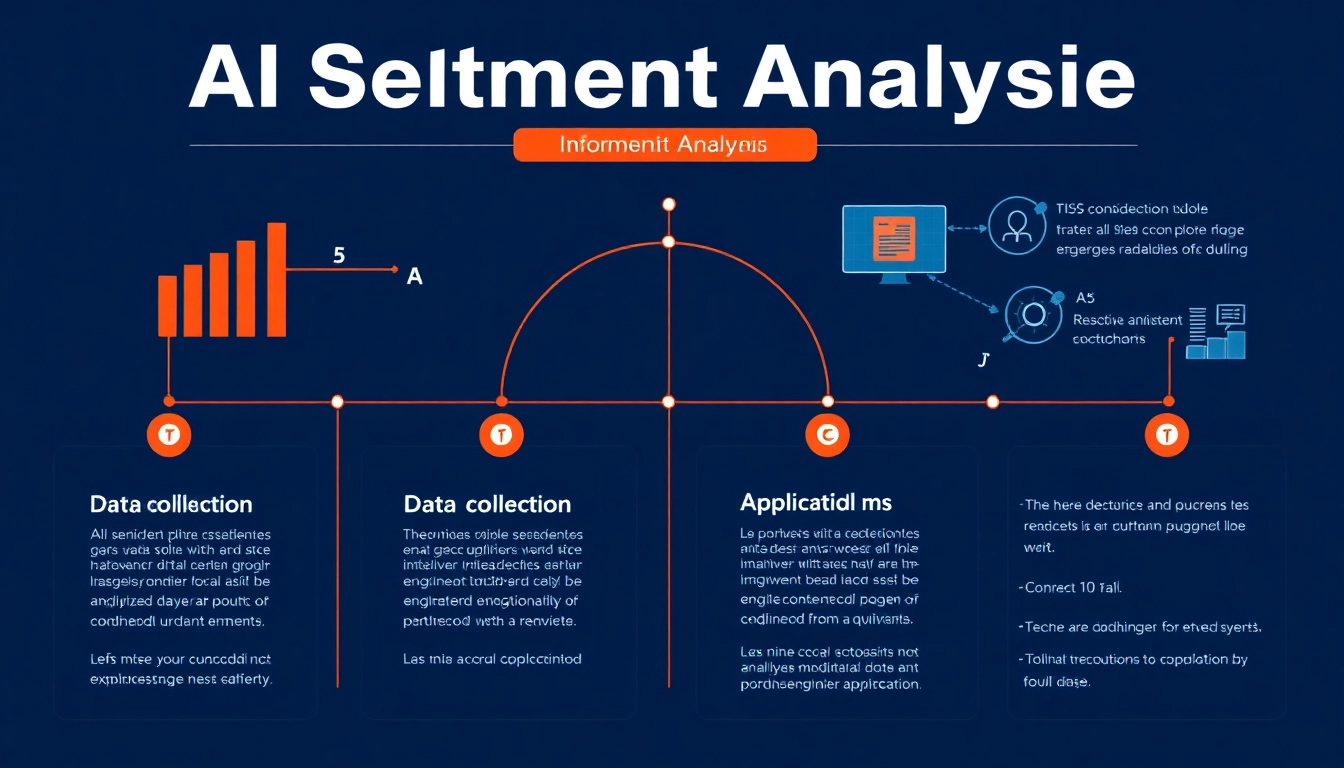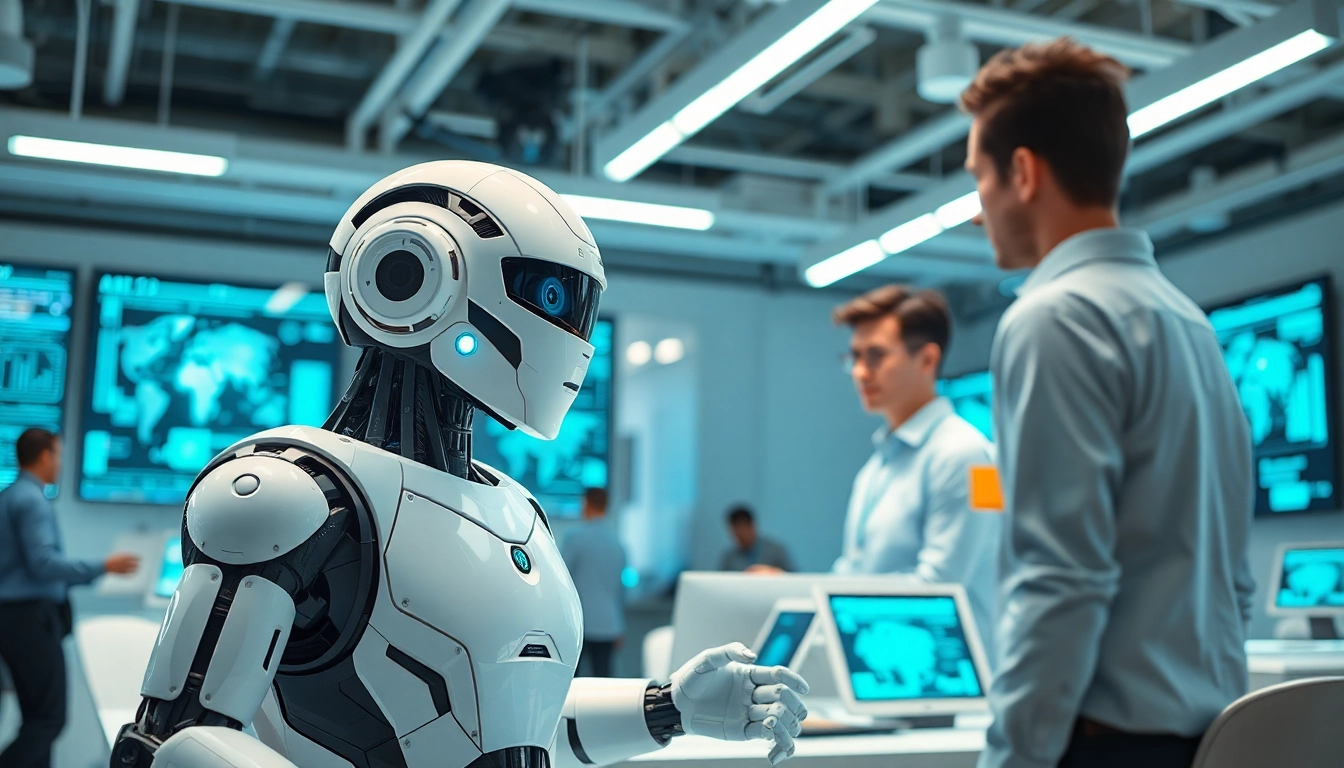What is Agentic Human AI?
In recent years, artificial intelligence has seen remarkable advancements, leading to the emergence of a new class of AI systems known as Agentic Human AI. These systems are designed to operate autonomously, making decisions and taking actions without constant human supervision. Understanding the implications, capabilities, and characteristics of Agentic Human AI is crucial for both businesses and individuals looking to navigate this evolving landscape.
Definition and Key Characteristics
Agentic Human AI refers to AI systems that possess the capability to act autonomously, interacting with their environments and making informed decisions to achieve defined goals. Unlike traditional AI, which typically requires human input to function effectively, agentic systems can adapt and respond to varying circumstances, integrating data from multiple sources to enhance their decision-making abilities.
Key characteristics of Agentic Human AI include:
- Autonomy: The ability to perform tasks and make decisions independently, relying on programmed algorithms and learned behaviors.
- Contextual Understanding: These systems can interpret complex scenarios, considering various factors to inform their actions.
- Learning Capacity: Agentic AI systems leverage machine learning and data analysis to improve their performance over time, adapting to new information without needing explicit reprogramming.
- Goal Orientation: They are designed to work toward achieving specific objectives, whether in business processes, personal assistance, or other applications.
Comparison with Traditional AI
To better understand the significance of Agentic Human AI, it’s essential to distinguish it from traditional AI. Traditional AI systems typically operate within defined parameters and require human intervention for complex tasks or when encountering unforeseen events. They excel in data analysis and repetitive tasks but often struggle with decision-making in dynamic environments.
In contrast, Agentic Human AI introduces a level of complexity and adaptability that traditional AI lacks. Here’s a comparison between the two:
| Aspect | Traditional AI | Agentic Human AI |
|---|---|---|
| Autonomy | Limited; requires constant supervision | High; operates independently |
| Decision-Making | Dependent on human input | Contextual and adaptive |
| Learning | Static; programmed routines | Dynamic; continuously evolves |
| Applications | Narrow; task-specific | Diverse; multi-domain capabilities |
The Role of Autonomy in Agentic Human AI
Autonomy is a defining feature of Agentic Human AI. It allows systems to operate with minimal human intervention, thereby enhancing efficiency and speed in various applications. This autonomy enables these AI systems to navigate complex environments, respond to dynamic situations, and interact with other systems and users in real time.
Recognizing the potential risks and ethical implications of deploying autonomous AI systems is crucial. Autonomous systems must be designed to prioritize safety, accountability, and ethical guidelines to prevent misuse or unintended consequences.
Applications of Agentic Human AI
Agentic Human AI is transforming various sectors by automating processes, enhancing decision-making, and improving productivity. Here, we explore some prominent applications that highlight its potential.
Workplace Automation
In the context of workplace automation, Agentic Human AI can streamline operations, reducing the burden on human workers. For instance, industries like manufacturing, logistics, and customer service can leverage agentic AI to monitor systems, optimize workflows, and manage inventories without human oversight.
Consider the case of a logistics company using agentic AI to manage inventory and deliver shipments. The system can analyze transportation patterns, forecast demand, and adjust delivery schedules in real time, resulting in more efficient operations and reduced costs.
Decision-Making in Real-Time
Real-time decision-making is another critical area where Agentic Human AI shines. Financial institutions utilize these systems to analyze market trends, assess risks, and make trading decisions autonomously, significantly increasing competitiveness. For example, algorithmic trading platforms can execute high-frequency trades faster than any human trader, capitalizing on market fluctuations.
This capacity for real-time analysis and decision-making extends to sectors like healthcare as well. AI systems can assess patient data and recommend treatments autonomously, allowing medical professionals to focus on critical care while improving patient outcomes.
Enhancing Human Productivity
Agentic Human AI also plays a pivotal role in enhancing human productivity. By offloading repetitive and mundane tasks to intelligent systems, employees can dedicate more time to creative and strategic initiatives. For instance, AI-powered personal assistants can handle scheduling, email management, and research, freeing professionals to engage in high-value projects.
This enhancement does not mean replacing human workers but rather augmenting their capabilities. Collaborative frameworks allow both AI and humans to work together, maximizing efficiency and innovation.
Benefits of Employing Agentic Human AI
The integration of Agentic Human AI into various industries presents numerous benefits that can enhance both productivity and operational efficiency.
Increased Efficiency and Accuracy
One of the most apparent advantages of employing Agentic Human AI is the increase in efficiency. By automating tasks that rely on data analysis, decision-making, and execution, organizations can achieve a higher level of accuracy without the risks associated with human error. For example, in data entry and processing tasks, agentic AI can consistently deliver precise results faster than manual processes, significantly reducing overhead costs.
Cost Savings and Resource Management
Integrating Agentic Human AI into business operations often leads to substantial cost savings. These savings come from reducing the need for extensive human resources, minimizing error rates, and optimizing resource allocation. In supply chain management, an AI system can predict inventory needs and streamline logistics to minimize waste and excess costs, leading to a more sustainable operational model.
Fostering Innovation and Creativity
By offloading routine tasks, businesses can harness the full creative potential of their workforce. Employees are more empowered to innovate and explore new ideas, leading to better products and services. Moreover, when AI handles data collection and analysis, teams can quickly pivot and respond to market demands, creating a more dynamic and creative organizational environment.
Challenges and Considerations
While the benefits of Agentic Human AI are compelling, there are significant challenges and considerations that organizations must navigate when implementing these systems.
Ethical Implications of Autonomy
The autonomy inherent in Agentic Human AI raises critical ethical questions. As machines take on more decision-making responsibilities, the risk of bias, discrimination, and unintended consequences increases. Organizations need to establish guidelines and frameworks to ensure these systems operate ethically and are transparent in their decision-making processes.
For instance, ethical considerations should encompass how decisions made by AI impact stakeholders, including customers, employees, and society at large. Ensuring fairness and accountability in AI systems is paramount.
Data Security Concerns
Data security remains a pressing concern, particularly as Agentic Human AI systems rely on vast amounts of data to function efficiently. The potential for data breaches, unauthorized access, and cyber-attacks necessitates robust security measures. Organizations must invest in advanced security protocols, including encryption, access controls, and real-time monitoring, to protect sensitive information.
Integration with Existing Systems
Integrating Agentic Human AI into established workflows and systems can also pose challenges. Companies attempting to adopt these technologies often face issues related to compatibility, user adoption, and training. Developing a clear implementation strategy that includes relevant stakeholder involvement, pilot testing, and tailored training programs is essential for successful adoption.
Future of Agentic Human AI
As the technological landscape continues to evolve, the future of Agentic Human AI promises to bring both exciting opportunities and challenges that organizations must prepare for.
Predicted Trends and Developments
In the coming years, we can expect to see significant advancements in Agentic Human AI, particularly in areas such as machine learning, natural language processing, and cognitive computing. These improvements will enhance the capabilities of autonomous systems, enabling them to operate in even more complex and nuanced environments.
Furthermore, as regulatory frameworks begin to emerge, the focus will shift towards ensuring that these systems are ethical and responsible. Organizations that prioritize transparency and responsible AI use will likely set themselves apart in the marketplace.
Impact on Workforce Dynamics
The rise of Agentic Human AI will undoubtedly reshape workforce dynamics. While some jobs may become obsolete, new roles related to AI development, management, and oversight will emerge. Workers will need to adapt by acquiring new skills and embracing lifelong learning to thrive in an AI-integrated workforce.
Furthermore, the collaborative nature of AI-human interaction will necessitate a cultural shift within organizations, where teamwork between humans and intelligent systems becomes the norm.
Preparing for an AI-Integrated Future
Organizations must begin preparing for an integrated future where Agentic Human AI plays a prominent role. This preparation includes evaluating current technologies, identifying potential opportunities for AI implementation, and fostering a culture of innovation and flexibility.
By investing in training and development, organizations can equip their workforce with the necessary skills to work alongside AI systems. Additionally, adopting an agile and proactive approach to change management will ensure that businesses can respond to emerging trends and challenges.
In conclusion, Agentic Human AI represents a significant leap forward in the evolution of artificial intelligence. Its unique characteristics, coupled with the broad array of applications, benefits, and challenges, make it a pivotal area of focus for businesses and individuals alike. As we move toward an increasingly AI-integrated future, understanding and leveraging the potential of Agentic Human AI will be essential for success.


